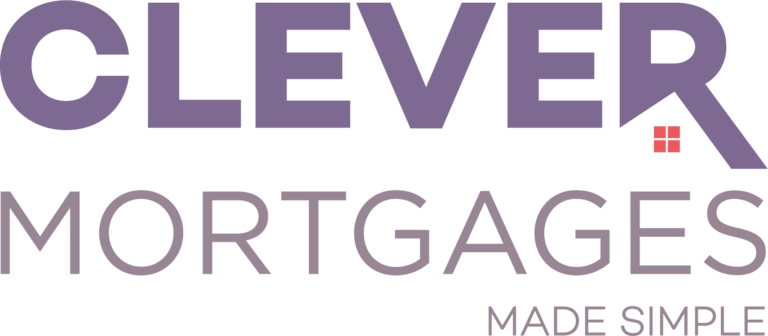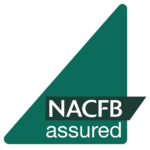Cheap mortgages - is now the time to switch and remortgage?
If you’re looking to save money on your mortgage, now could be the perfect time to switch.
Prior to April, finding a switchable mortgage deal below 1% was a fool’s errand, but a year of fierce competition in the lending market has resulted in some of the lowest mortgage rates we’ve seen, with rates dropping below an astonishing 1%. June saw the first instance, with around 10 mortgage products offering rates below 1%. This has now increased to over 50 mortgage deals below 1% being advertised, with some going as low as 0.88%.
Following the Bank of England’s Governor Andrew Bailey stating the need to act upon rising inflation, the market is strongly anticipating a rise in the BoE’s base rate which has been at a record low for the majority of the pandemic. Currently set at 0.1%, it’s predicted that this will rise over the coming months as the Bank of England attempts to combat the rise in inflation, potentially hitting 0.5% by February.
The Bank of England’s base rate influences a huge variety of factors in UK finance. Most notably for homeowners, the base rate tends to have a dramatic influence on the rise and fall of mortgage rates. With this in mind, it’s seeming extremely likely that these low mortgage rates will soon be rising, which means the window of opportunity to lock in the cheaper rates could be closing.
It’s usual for homeowners coming to the end of a fixed rate to shop around a little, but with current rates seemingly being at the lowest we’ll see for a while, it’s worth all homeowners taking a look at their finances and checking to see if they’re eligible for a better deal.
How do I switch my mortgage deal for a cheaper mortgage?
For those at the end of a fixed rate deal, moving onto a lenders’ standard variable rate (SVR) often results in more costly mortgage repayments and many borrowers go seeking a cheaper deal.
Homeowners who are still locked into their fixed rate are often deterred from switching by steep early repayment charges, but many lenders will allow you to lock in a rate up to 6 months ahead for a small booking fee (around £100 – £250).
Remortgaging can seem daunting, but many homeowners find themselves switching deals several times over the course of the mortgage term. Generally, there are two options for changing your deal. If your current lender is offering a mortgage product with a better rate or deal, you can apply to transfer your product. If approved, you simply move to a different deal – this is sometimes known as a product transfer.
If you find a different lender with a better remortgage deal and get approved, you can use the funds to pay off your current mortgage and begin repayments with your new lender.
Fixed or tracker remortgage?
If you want to switch your mortgage deal, you’ll need to decide which product type you want to move to. Fixed rate mortgages tend to be more budget friendly as the interest rate stays the same regardless of changes in the lenders SVR, keeping mortgage repayments the same each month over the term of the fixed rate. Fixed rate mortgages tend to be fixed from 2-5 years, but some lenders offer fixed rates for up to 10 years.
Tracker remortgages work differently, with the interest rate “tracking” the base rate of the Bank of England. The interest rate will usually hover a few percent above the actual base rate, but can work out cheaper than fixed rate mortgages. Equally, you could wind up paying more if the BoE’s base rate continues to rise. This can be risky for homeowners that rely on a routine budget, but can benefit homeowners with more financial flexibility. It’s usually best to speak to a broker to find out what’s most suitable for you.
Can I switch my mortgage deal for a cheaper mortgage?
Whereas the cheap mortgage products may be on the market, lenders still have their own criteria and affordability checks to carry out before they’ll make a decision on your remortgage application. The rates you might be offered will depend on a variety of factors, such as;
- Your credit history
- Your income and expenditures
- Value of your property
- LTV of the mortgage
The LTV is the loan to value ratio, this means the value of the property vs the amount you want to borrow. If you originally took out a 95% LTV mortgage, it’s likely the lender viewed this as a bigger lending risk than, for instance, an 80% LTV mortgage. This means if you’ve built up equity (the amount you own), you could access far more favourable rates. The savings to tend to stagger around 60% LTV, with small savings in the 5% increments below that. With property prices increasing over the year, you may have built up equity and be at a lower LTV.
There are general fees that come with a remortgage, which can increase if you decide to move to a new lender. You’ll need to budget for a valuation, legal fees, any arrangements fees the lender requires for setting up your new mortgage, and broker fees. You won’t always be charged all of these fees, it will largely depend on what deal the lender is offering, some offer incentives with some fees waved.
With so many options on the market, mortgage brokers are worth their weight in gold when trying to figure out which remortgage deal to go for. Our expert brokers can do the hard work for you, finding the cheapest deal and matching you to the lender most likely to accept your application. If you’re looking to lock in while the time is right, get in touch with one of our experts.



